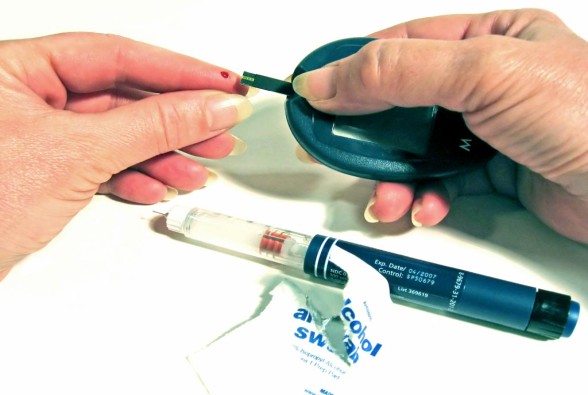If you have been diagnosed with diabetes, you are likely filled with uncertainty about what this disease means for your quality of life and how you can best keep it under control. Some of the top questions doctors hear have to do with continuous glucose monitoring. Because this is such a vital part of treating diabetes, many people want to know how they can best monitor and control their levels on a daily basis. Without doing this accurately, many patients know that they risk giving themselves insulin unnecessarily or not taking the right amount of insulin needed to keep their bodies healthy.

If you are a newly diagnosed diabetes patient, here are a few tips on how you can best monitor your levels regularly and accurately.
- Before administering insulin, double-check your levels – When you wear a device that tracks your levels over a period of time, you run the risk of the meter faltering due to a loosened connection to your body or a low battery. If you have been alerted that you need insulin, double-check this need by performing a small finger stick and testing your blood again that way. This will ensure you do not give your body more insulin than necessary. Be sure you always perform the fingerstick test as instructed, which includes washing your hands before taking a sample.
- Always use the same meter for your calibrations – Some meters track insulin needs differently. If you change up the meter or device that you are using to track these calibrations, then you run the risk of receiving false positives or contradictory data simply because various meters have the tendency to provide slightly different numbers. Using the same meter for each calibration will give you a more accurate reading of your body’s trends and values over a period of time, which will help you to better determine the proper treatment.
- Review the receiver trends frequently – To get the best results, you will need to observe your levels on a regular basis. This will help you to learn to listen to your body and watch for signs that your blood sugar may be moving toward unhealthy levels. While you observe the various trends, keep in mind your activity level for the day, as well as your nutritional intake. This will help you learn what your body responds best to and what causes you to feel worse.
If you have just been diagnosed with diabetes, use your glucose-monitoring device as a tool to help you learn more about this disease and how you can manage the symptoms. Ensure accuracy before administering any insulin and follow your blood sugar trends closely so you can better understand your body.
Health is one of Ashley’s favorite topics to write about. If you’re looking for more information regarding continuous glucose monitoring, please visit http://www.dexcom.com/

